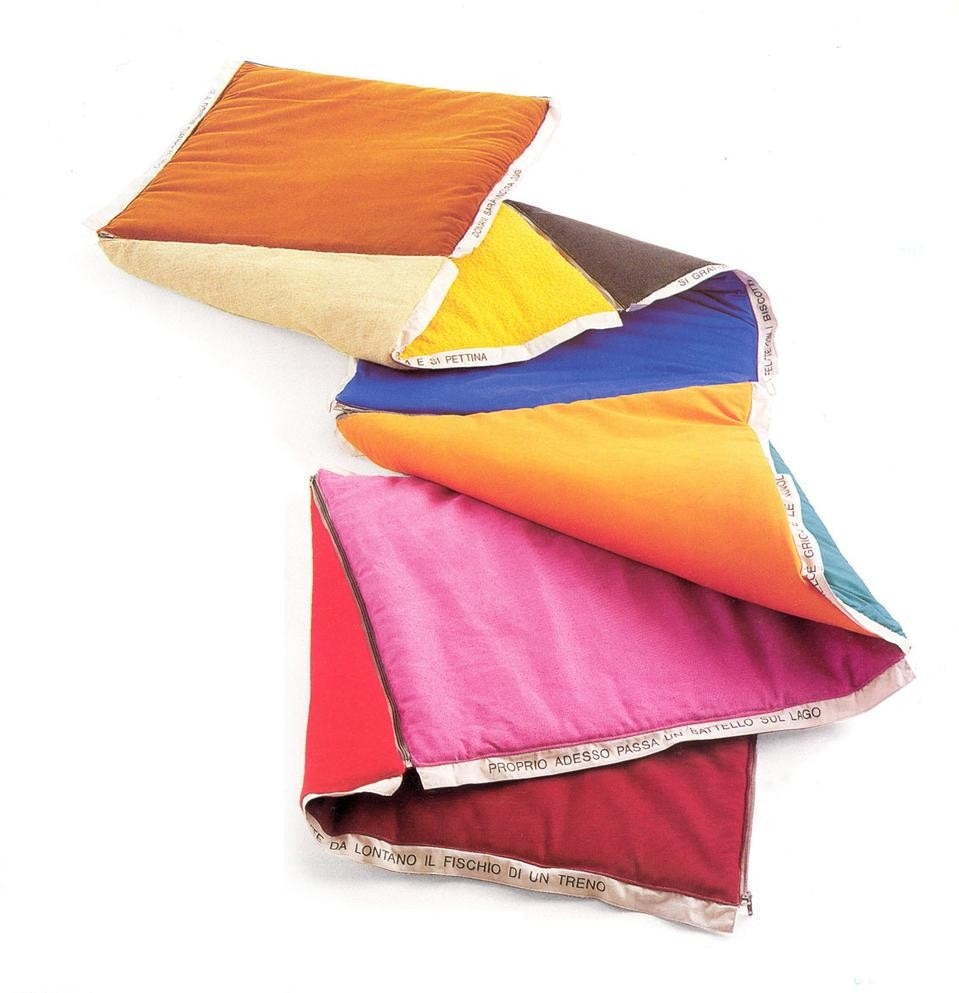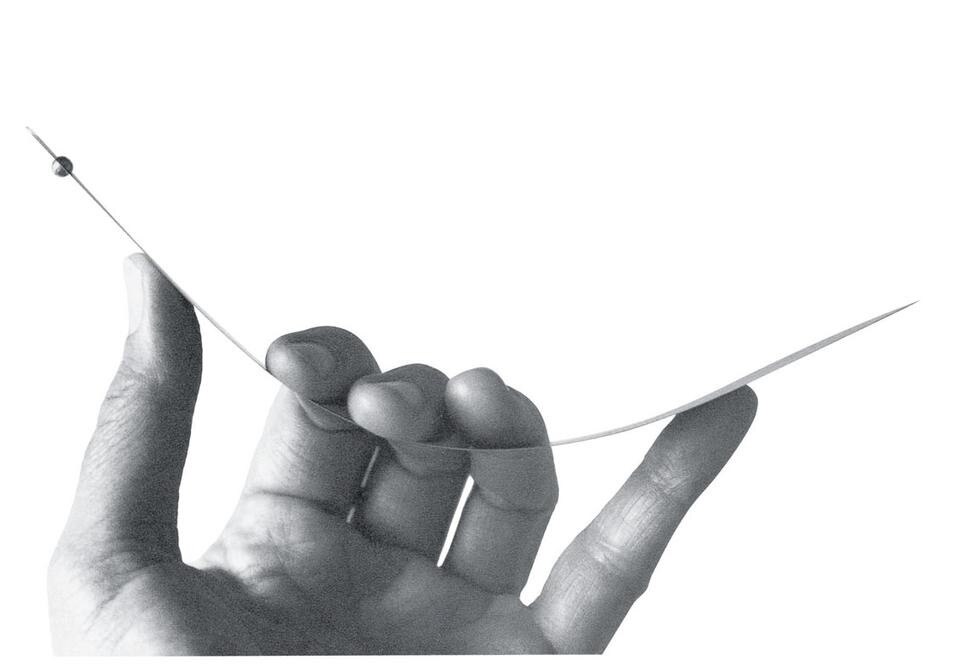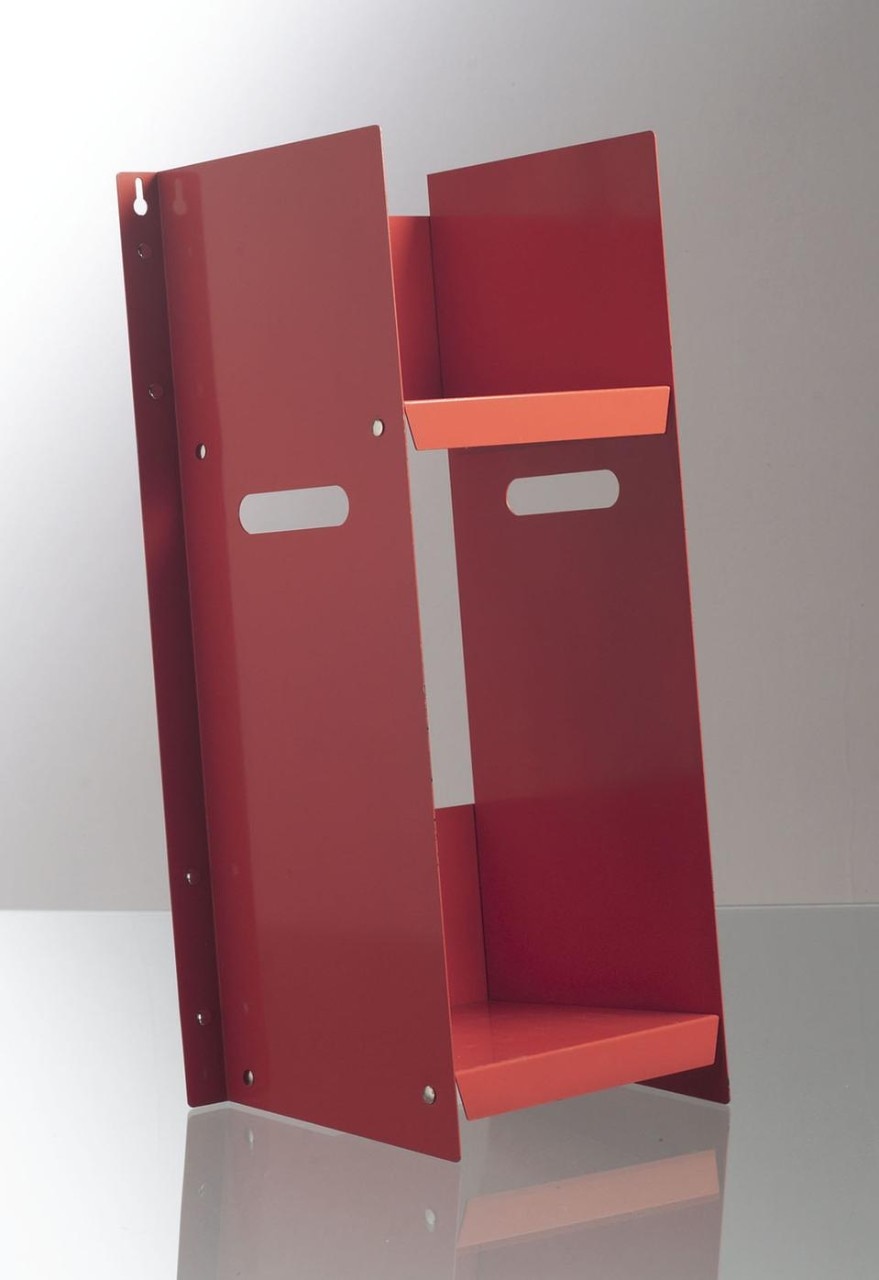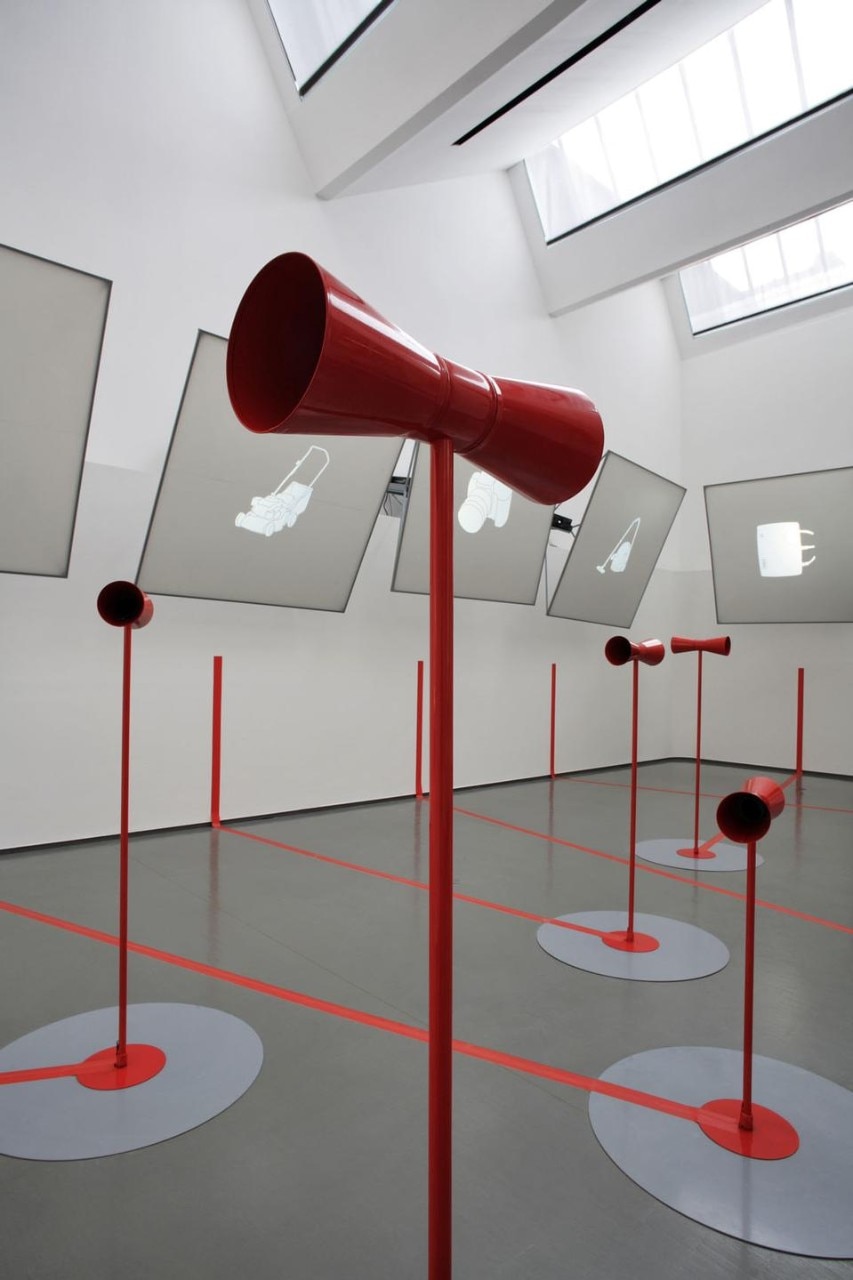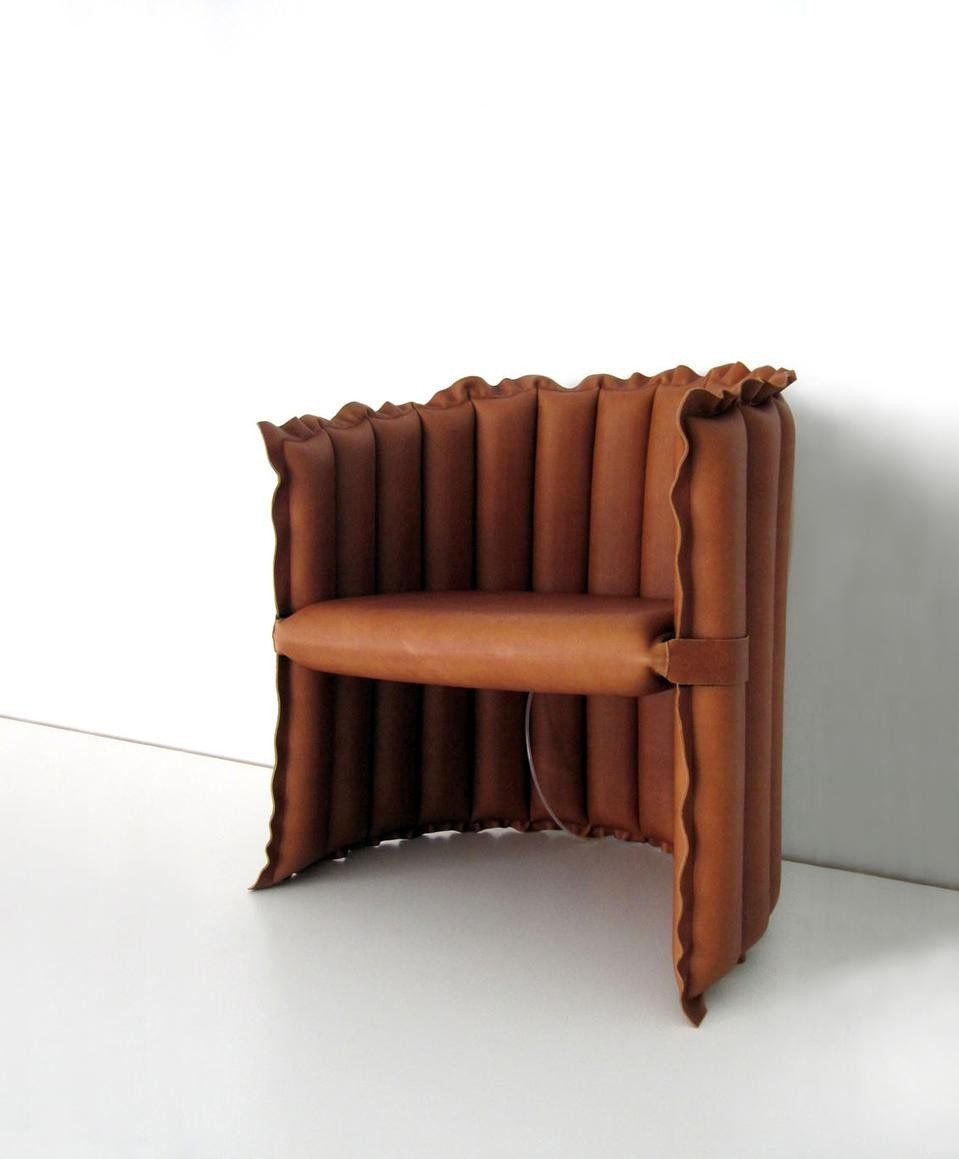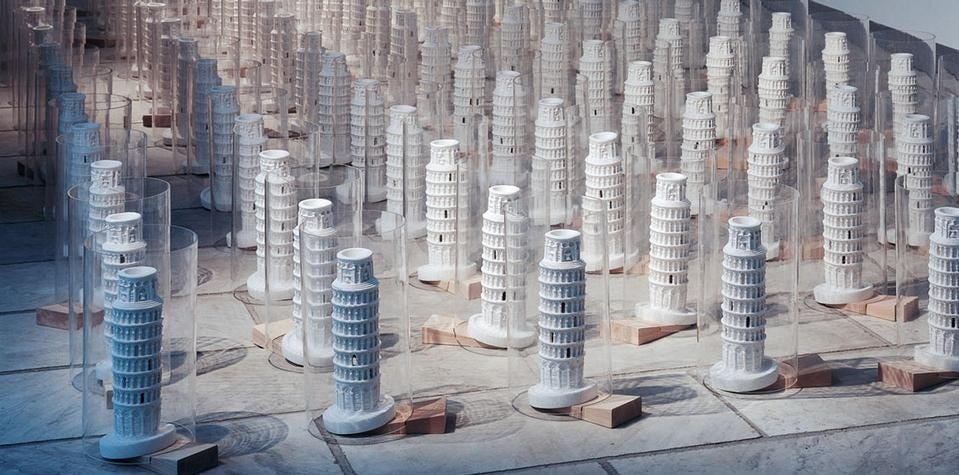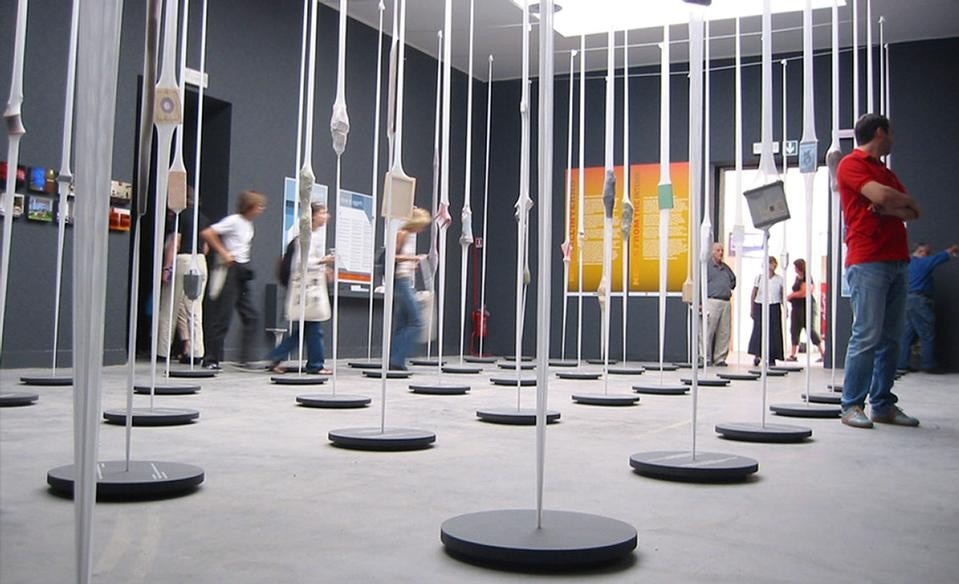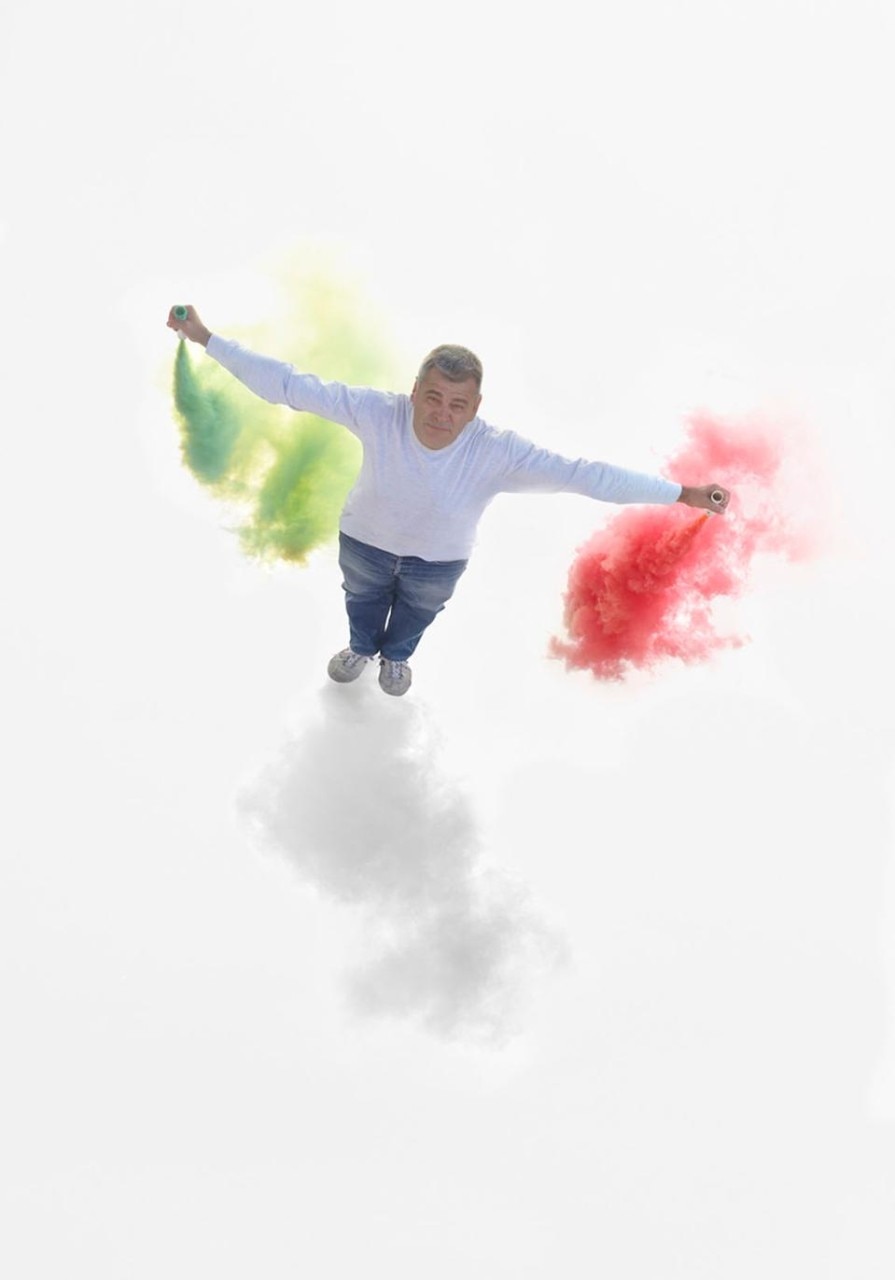Born in Imperia in 1958, a student of Bruno Munari (with whom he designed the Libroletto in the exhibition), Ferreri graduated from the Politecnico di Milano in architecture in 1981; he worked with Zanuso and collaborated with Mangiarotti. "I come from a school that was extraordinary when I attended it. It produced great skippers, cooks and even some very good architects... Architecture was Rogers: from the spoon to the city," he says. Since then, he has never stopped designing: from graphics to industrial design, from architecture to furnishings. "Today a lot more attention is payed to the sign, to the object that communicates sensations and that works on feelings and wants to be bought. The work of the designer has become more of a profession," he continues. Even if with the crisis many things will be questioned and we must begin - in the words Ferreri - to "design thought".
The projects on view are divided into four main groups: free design, designing space, designing things, designing signs. At the end of the show, "designing life" tells of the designer's personal research; it is a section into which he admits to "throwing in all of his knowledge and his non knowledge" and in which he is basically his own client. Ferreri's career fills the 1,200 square meters available. And while his studio work is concentrated along two walls, the central passage offers an analysis of the future of a profession which, he explains, "if it continues to design only things I don't know if it has much of a future, in the sense that things are becoming increasingly intangible."
The entire exhibit layout is conceived of as a great project. Beginning with the catalog cover with the title "Copying the Chinese," a quote from the artist Li Wei as well as the "manifesto" of free design. "It's time for us to start thinking that maybe it is worth it for us to copy them," quips Ferreri. As the curator Silvana Annicchiarico says "free design, the pursuit of dreams and the desire to change the world, even just with a smile and some irony, however, are the necessary condition that cuts through all his work." So, visitors are welcomed with six marble crosses. "Piccole crisi" is an installation that reflects the socio-political and economic perception of contemporary Italy. It is related to Salvatore Mannironi's column in the Repubblica "Little unimportant crises" – raw articles which juxtaposed a series of data (unemployment compensation, labor disputes ...). The crosses, however, are in marble extruded at a 30° angle like the gas pedal of a car. It's up to us to understand if we should push, the designer explains.
One of the more experimental pieces is at the entrance of the Triennale building. It is the Casatuttadiunpezzo (Houseinonepiece). A small building (4x2.40 meters, 3.5 meters high) in Portland cement made with D-Shape Technology used for printing 3D concrete in one piece. There is no shortage of his past experiments, such as the kitchen for a single person that groups together sink, toilet and bath together in a single block (because "where a family makes a room, a single makes a house," explains Ferreri) or the Soffi installation, made with 99 Murano vases obtained from the experiments made by master glassblowers at dawn's first light. Each attempt is always different and they are usually discarded as they serve only to obtain all technical information before starting the real production. Instead, Ferreri explains, "Together they are magnificent. They are 99 moments of life."
And if "Designing spaces" assembles the exhibitions designs (such as the Munari show at the Rotonda della Besana in 2007 and the Leo Lionni show in Parma in 2009) and installations (such as Sound Objects at the Triennale in 2009) and "Designing signs" offers some of his most significant graphic design (G-Marchio, a logo for Lake Garda, the logo for Osram or for the Milan the aqueduct), "Designing things" is the section of the exhibition that brings together Ferreri's objects ("useful, discrete and intelligent "). Like the AirBag chair, in which the technology of the famous life-saving cushion for motorcycles developed by Dainese becomes structure. Or the Moto Tessuto (fabric motorcycle), an electric motorcycle again developed by Dainese – a small idea for urban mobility, a micro means of transport with a fabric body that adapts to the different things that need to be transported. The engine is located in the rear wheel and batteries are inserted into the fabric. Or, the tiles designed for Bardelli: half a pig, half a fish, a rabbit, a cow, with extreme compositional freedom.
From his in-between position, how does Ferreri see the panorama of Italian design? "Italy is an amazing country from all points of view," he says. "Great egos and great generosity. Small and medium-sized companies have been the good fortune for Italy and Italian design within the mechanism of consumption. Designers are the healthy part. The problems lie elsewhere - the structural part is missing." This is Ferreri at his most controversial and committed. The Ferreri that, in 2001, imagined straightening the Leaning Tower of Pisa (and the country) with a wedge of wood in order to find a new balance. He is ironic and future-oriented, but when I ask him which project has given him the most satisfaction, Ferreri finds it hard to answer. He thinks for a moment and then offers, "The museum that does not exist; a museum with no home, guards, or bills to pay." Designed for Expo 2015, it is a museum that devotes all of its resources to the works and artists. Because is it important to defend those who really make things. Elena Sommariva
